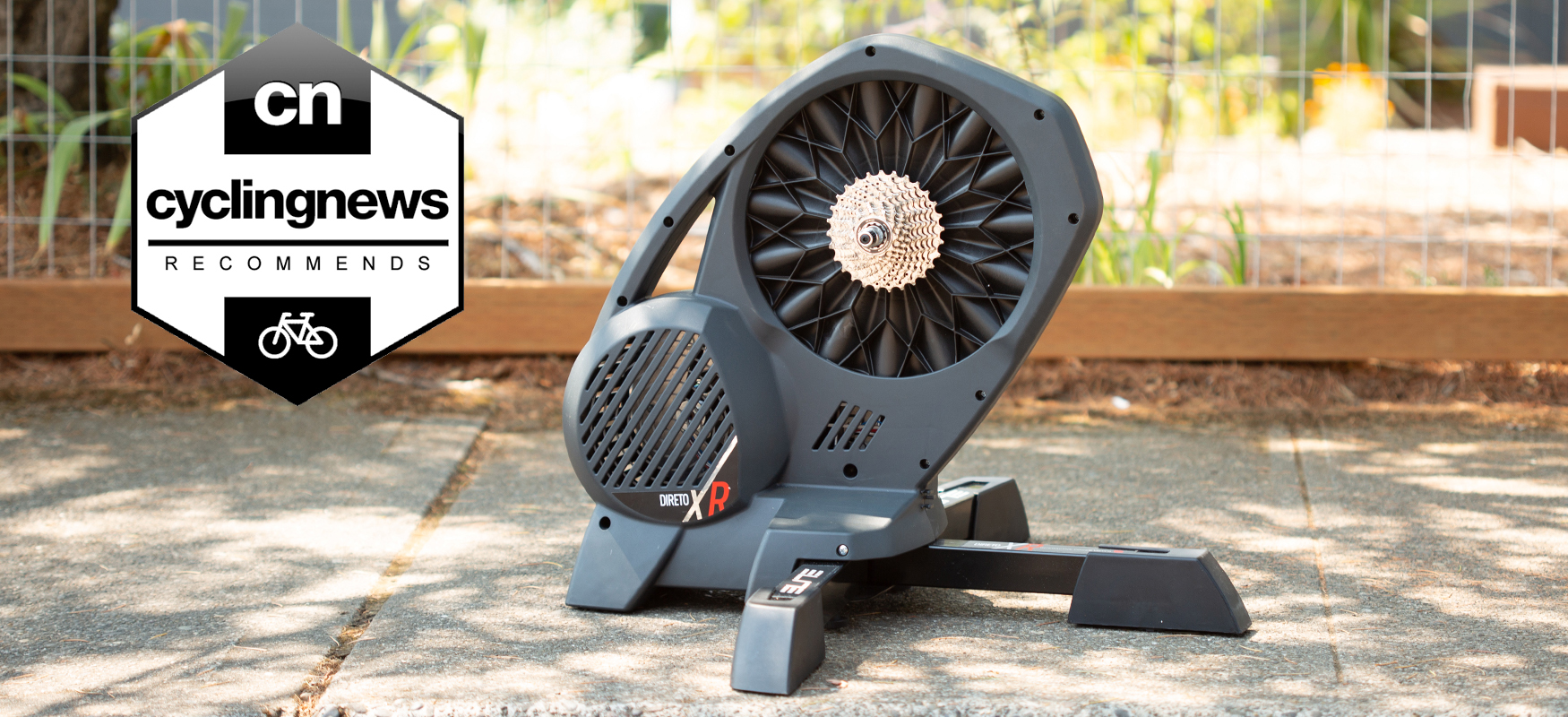Cyclingnews Verdict
The Elite Direto XR does its best when riding in simulation mode through your preferred software. Racing, or freeriding, is a joy given how smooth and quiet the trainer is. The ability to handle any sprint you might manage and hills as steep as you can climb makes the simulation more realistic. However, if you spend a lot of time in ERG mode there are other options that offer a more polished software experience.
Pros
- +
Power delivery feels realistic
- +
ERG changes happen quickly
- +
Claimed accuracy is high
- +
High grade simulation and max power
- +
One year of myElite training app service included
Cons
- -
Two different apps needed
- -
Some basic functions require paid service
- -
Only a single Bluetooth radio
You can trust Cyclingnews
Most people would love to spend all year riding outside in an endless summer but that's also not possible for most people. When the weather turns, for many it's time to head inside and that means an indoor trainer. Weather isn't the only reason to ride inside though. When you've got one of the best smart trainers on the market, they offer a lot more than just a chance to stare at a wall while you do intervals through the winter. We spent some time with the Elite Direto XR to see if it lives up to this.
The right trainer feels so close to riding outside that indoor cycling becomes an option all year round. If you've had a long day at work, you can ride after dark no matter the time of year. Take a look at our list of the best cycling headphones and you can ride with friends even if they are across the world, chatting via video software as if they were right next to you. Or if racing is more your thing, there are options for racing whatever time and day works for you. Use those same headphones and you can even work as a team. It's all possible with a great indoor trainer and we tested the best that Elite has to offer to see how well it does the job.
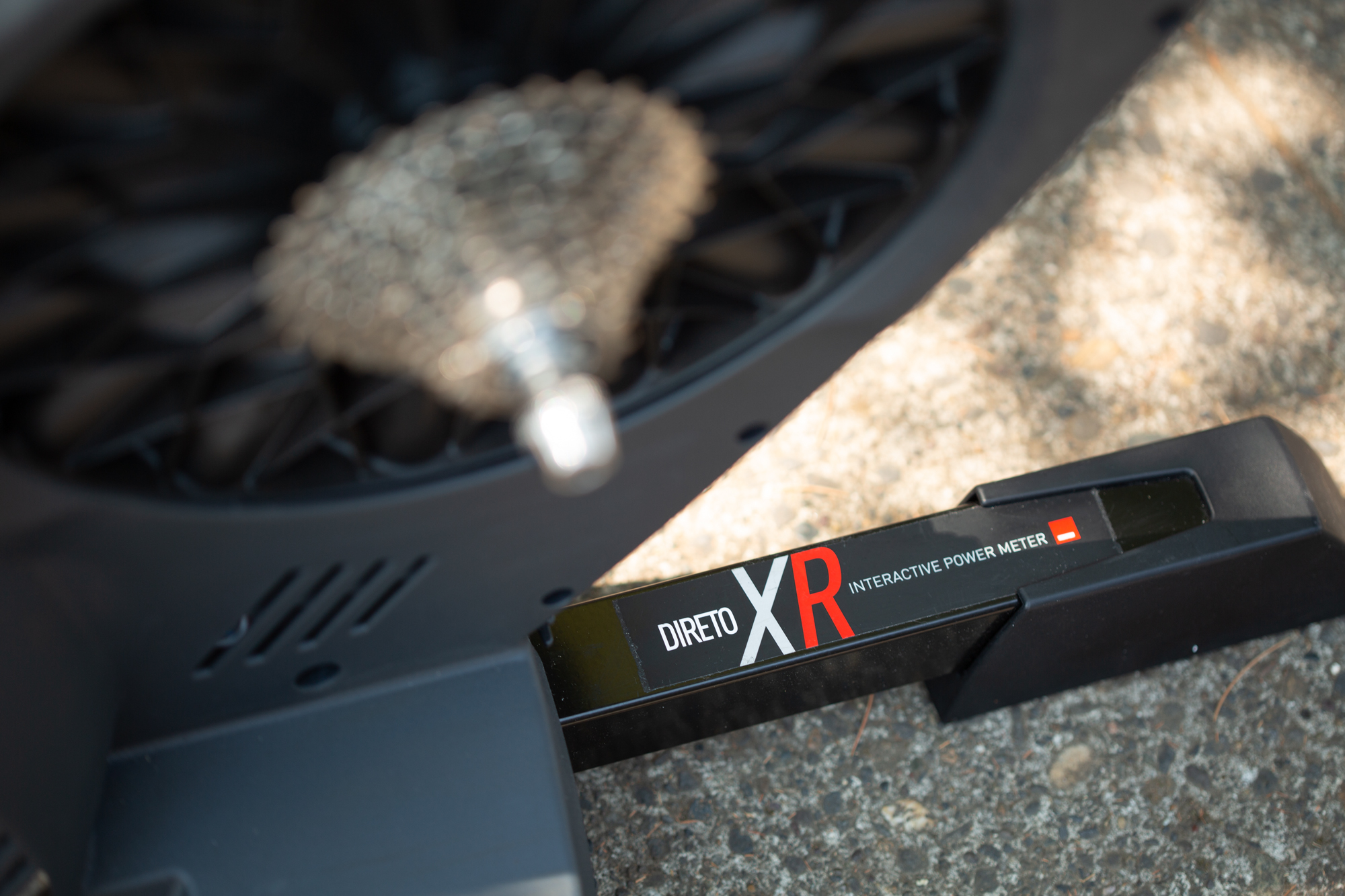
Design and aesthetics
There are two models of the Direto XR available. The Direto XR and the Direto XR-T are exactly the same unit. The only difference is that the T version comes without a preinstalled cassette while the XR model includes a pre-installed 11-speed Shimano 11-28 or equivalent cassette. The retail price of the trainer without the cassette is lower, naturally, but only by about what it costs to purchase the cassette on your own, so if you're happy with 11-speed Shimano, then purchasing it pre-installed makes setup faster. Given shortages in the bike industry, whatever you can actually find and get hold of is probably going to be the best choice. This review covers both units.
In either case, the Direto XR comes entirely assembled. You may or may not have to install a cassette but if you do, there's room for whatever you need. Compatibility covers 9/10/11 speed Shimano/SRAM, 9/10/11/12 speed Campagnolo, 12 speed SRAM NX and 12 speed Shimano micro Spline cassettes. You'll need to buy a separate freehub for Campagnolo, SRAM 12 speed and Shimano Microspline cassettes, although this is the same story for all turbo trainers on the market today. There is no assembly of the actual unit. All the legs and pieces come attached and ready to go.
Out of the box, the unit is in the folded configuration. If you ever need to store it or transport it, this makes it a tall, narrow, piece that should be easy to handle. Flip it up on the spine, where the handle is, and it balances. The large handle makes it a little bit hard to grab with smaller hands but it's helpful for setup. Pull each leg out to the side and tighten the plastic handled lock nut so they won't move. At the base of each leg where they pivot there is a 6mm hex nut that controls how easily they move. If you ever find them overly loose, or tight, it's a simple matter to adjust the nut.
With the unit on the spine and the legs open you can see how wide a platform it is. In use, this is a strong point of the design. Racing, sprinting, or climbing virtual mountains, your bike will not rock or move. If your floor isn't level the rubberised feet at the end of the side support legs are adjustable. To help make sure they never rattle there's a spring that keeps tension on the threads.
Flipping the unit back over you can get a sense of how tall it is. The Direto XR is a big unit and the plastic cladding adds even more size to it. There are lots of angles and in many places, the plastic cladding is larger than the unit would otherwise be.
Once sitting upright with the legs folded out, it's time to install the appropriate axle adapter. Like the cassette compatibility, Elite has options to cover whatever you need. Quick-release, 130 x 5 - 135 x 5, and 142 x 12 are all included and 148 x 12 or 135 x 10-135 x 12 require optional accessory adapters.
The last thing to do is plug the Direto XR into the wall. The power plug is on the front left and a little hard to see, but also shielded from sweat. Above the power plug you will find three status lights showing power, ANT+, and Bluetooth connections. The wireless connections use standard protocols for Bluetooth and ANT+ so whatever software appeals to you should work without issue. If you need more than one connection though, expect to use ANT+. There is only one Bluetooth radio onboard making only a single connection possible. The lack of Bluetooth connections is rarely going to be an issue but having two makes things a little easier in certain situations.
When it comes to the physical design of a turbo trainer there are only a few things to look for. You want it to be stable. There are some units on the market designed to have movement - namely the Wahoo Kickr with its Axis feet - but nothing should move that isn't designed to. Part of what makes the Direto XR such a pleasant ride experience is the stability that means nothing rattles.
The other important part of the design is how easy it is to wipe down as well as how shielded it is. The two go hand in hand because they are both choices about the plastic cladding. In this case, the plastic that Elite uses is similar to competitors' and there's a bit of texture that could be easier to clean. All that plastic might take some scrubbing to clean but it does a great job of protecting the internals.
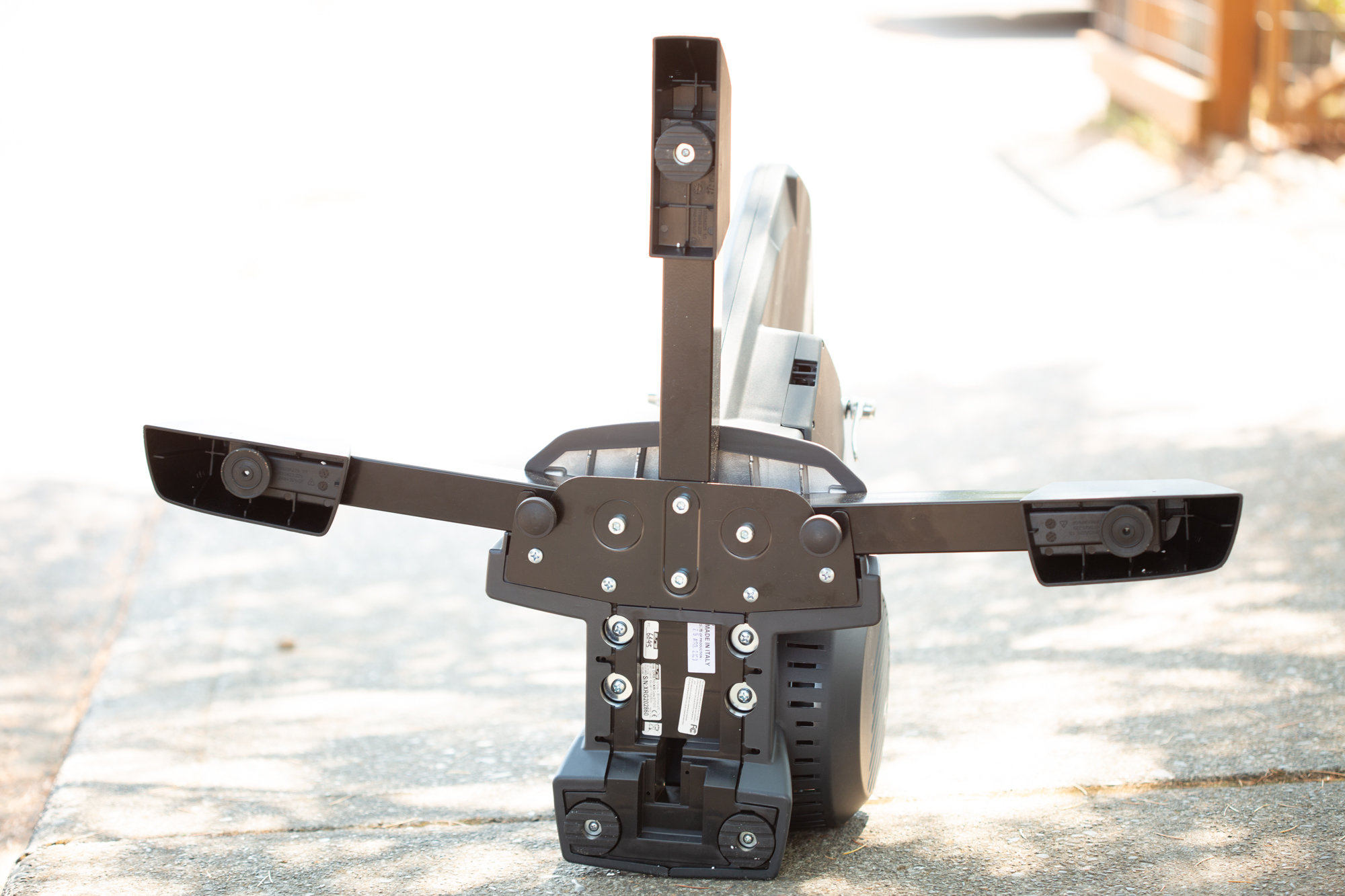
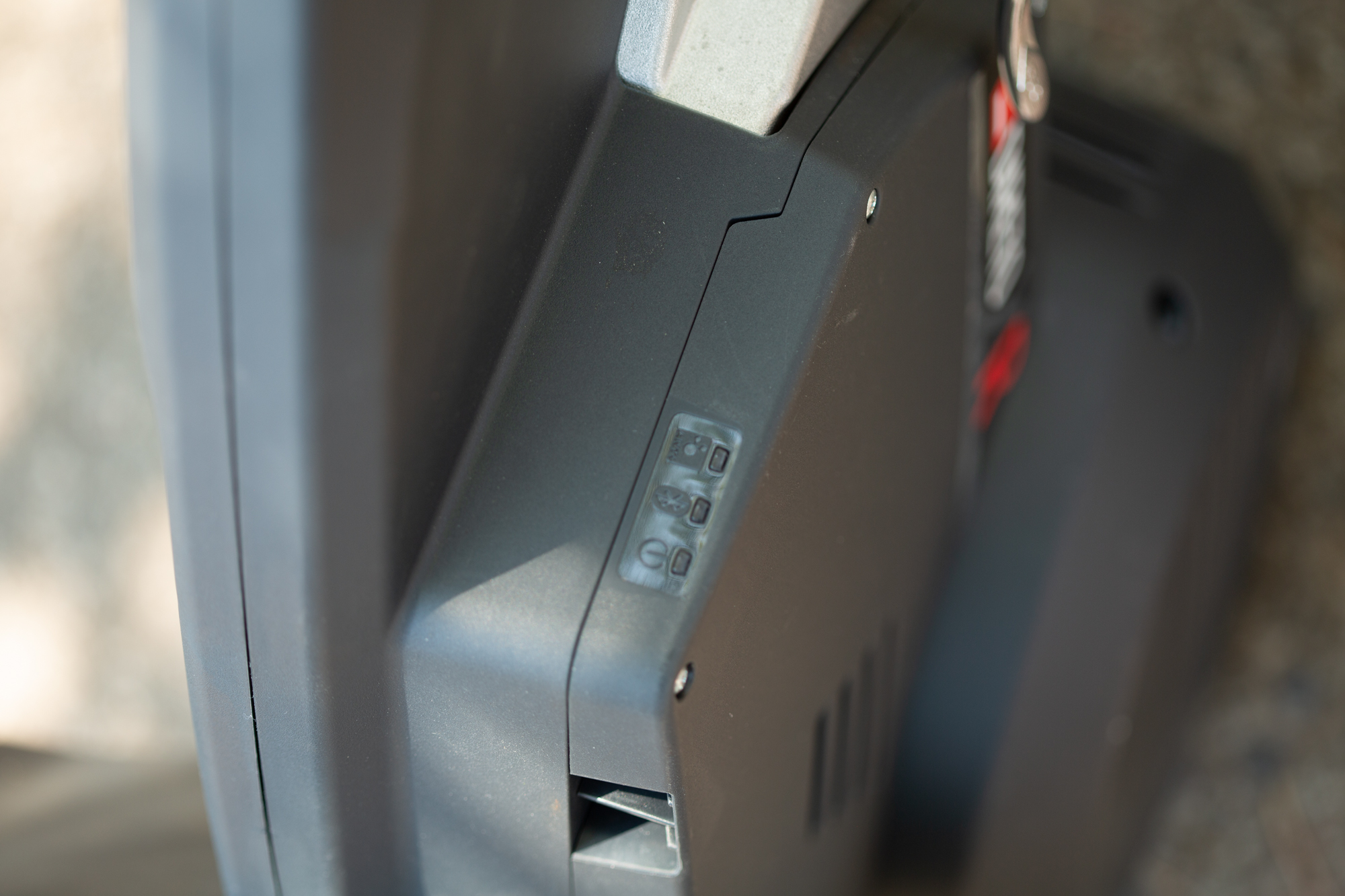
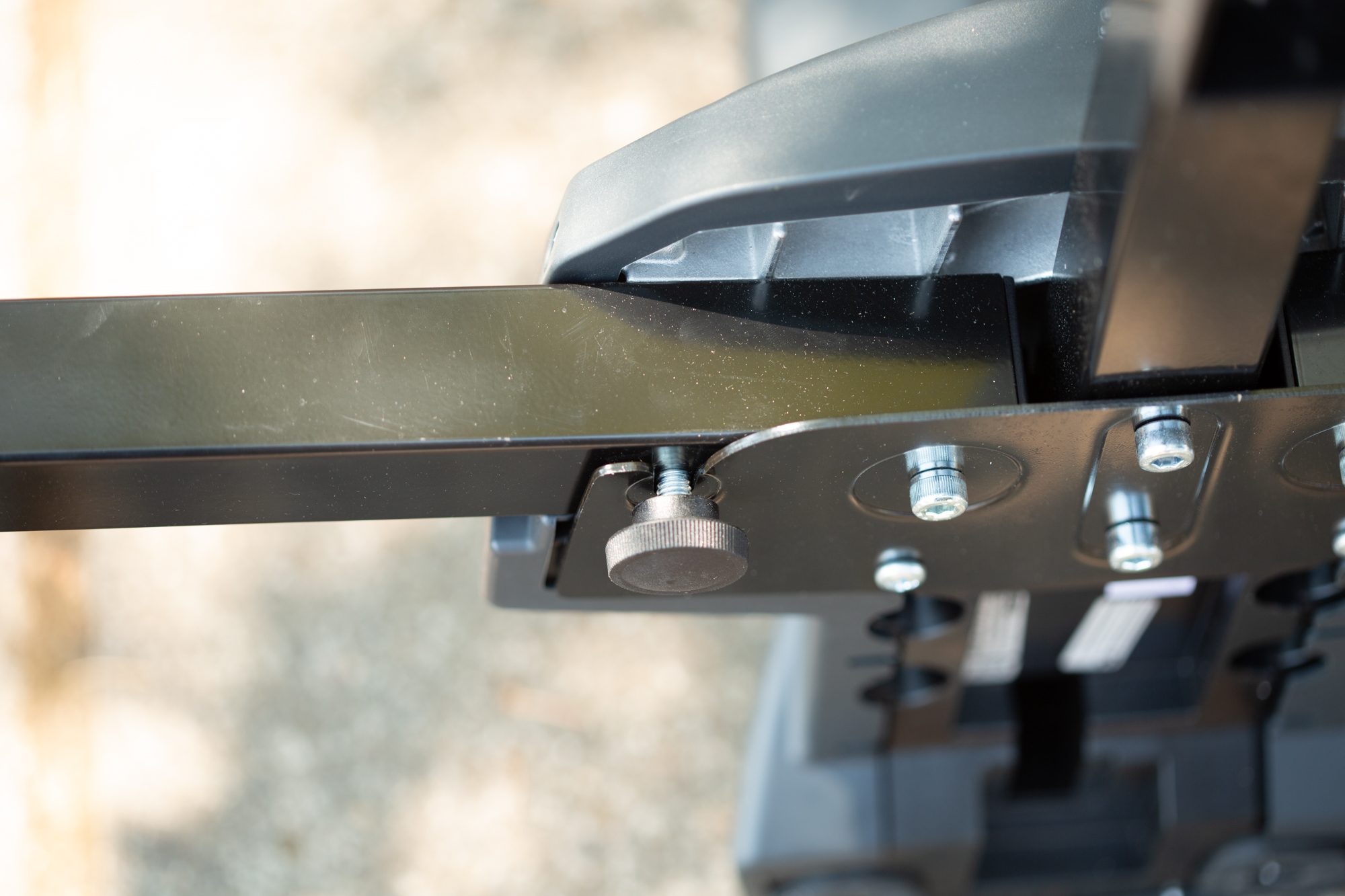
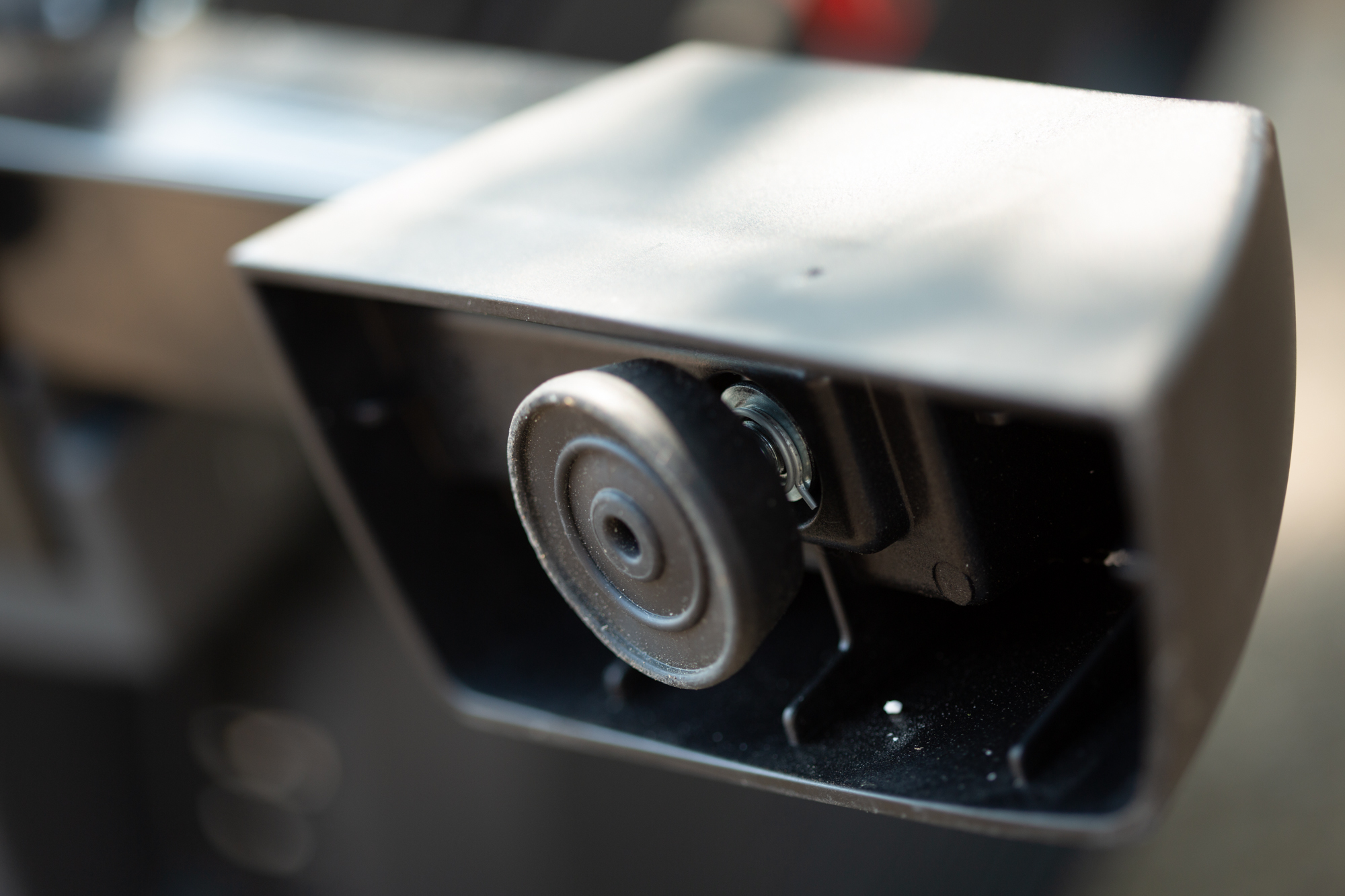
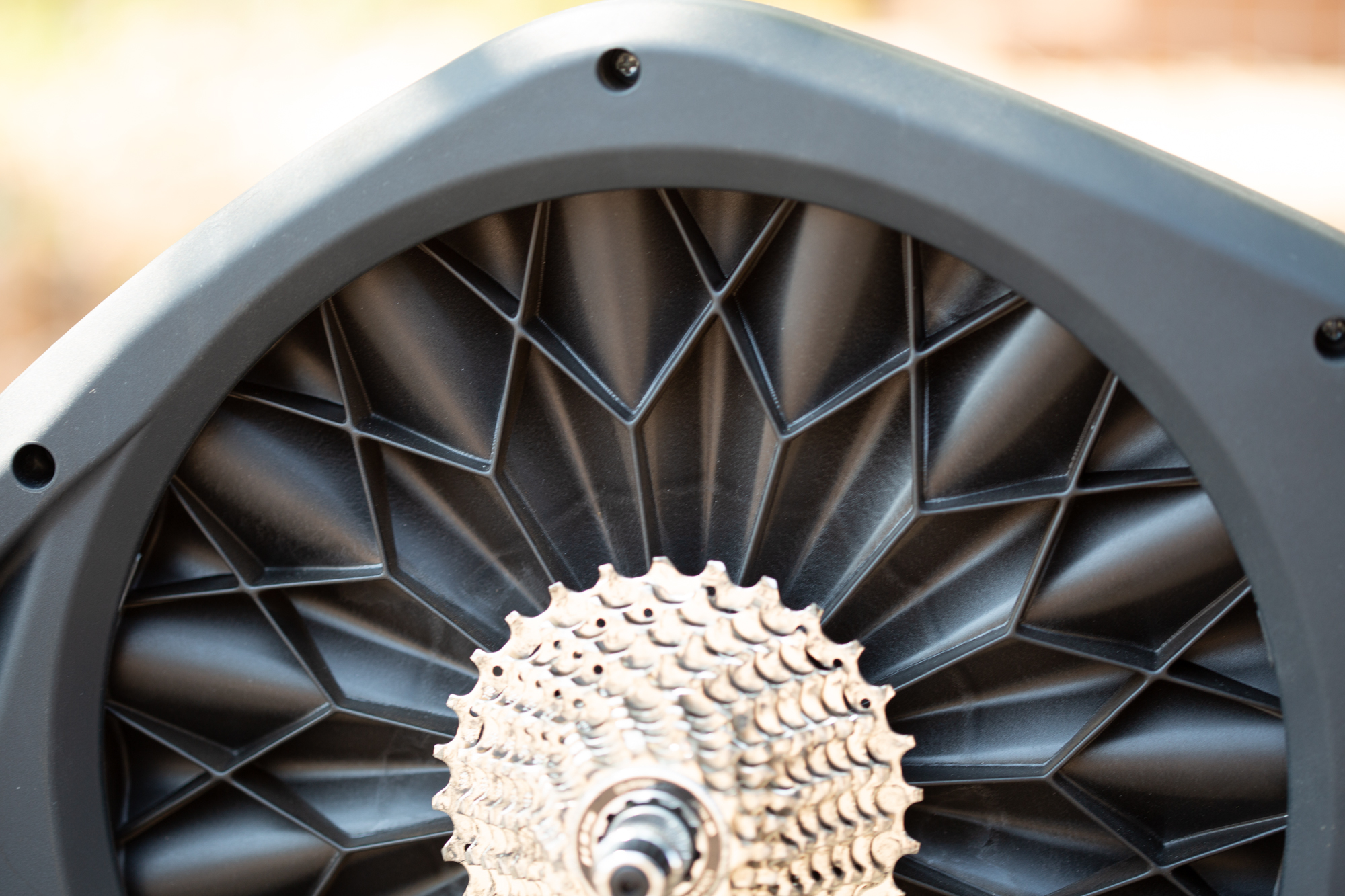
Ride experience
The real design decisions that affect a smart trainer are in the software. When you start riding it’s the software that controls that experience and each company has its own philosophy. When riding the Elite Direto XR, the first thing that strikes you is how good it feels. Think of the last time you found some pristine pavement on a low traffic road. Your drivetrain was well taken care of and the weather was perfect. That's what it feels like to ride the Elite Direto XR. It's smooth and very quiet.
There are impressive specs available but that plays little part in what it feels like to actually ride. 24 per cent slope simulation just means that there's no place in Zwift, or Rouvy, where you are going to encounter a slope the trainer can't replicate. A max of 2,300 watts means that there's no chance you can outsprint the trainer. The claimed 1.5 per cent power accuracy means that what you feel on the screen is what you would feel outside - and falls within Zwift's updated rules.
There are other aspects of indoor riding besides simulation though and in those areas, the Elite Direto XR struggled a little bit. One of the things I find myself doing when the winter gets long is using ERG mode (a setting where the trainer automatically adjusts resistance) directly on my trainer. I load up the app and select a wattage that's hard enough to be worth doing, but easy enough that I can zone out. Then I load up Zwift to track the distance and finally, I bounce over to Netflix or grab a controller to play a game.
There's not an easy way to do this with the Elite Direto XR. There's no basic functionality for riding in ERG mode. If you download the myElite app there are options for riding in power mode or programme mode but they require a paid subscription. Instead, you have to choose level mode. The level mode in some ways corresponds to power but it's not exactly the same. If you wanted to do it you could check our list of best cycling computers and see which ones will do that for you but it's another expense. You could also create a custom workout in Zwift and set the power you want but that means you can’t easily change it while riding.
The myElite app does have some value that might be worth paying for after the first free year. The options for riding in power mode or programme mode will unlock as will advanced pedalling analysis. You can ride in real locations using Google Maps data and there is a variety of custom coaching plans built around FTP testing. Everything seems well thought out and it’s not unusual for companies who make trainers to offer additional, paid, functionality.
The focus of the myElite app is on the premium experiences but it also offers some settings. There are power-smoothing options and if you want to do a trainer calibration it's in this app as well. If you want to check for and upgrade the firmware that requires a separate app called Upgrado. This app takes care of firmware upgrades but offers nothing else.
Admittedly, not everyone takes advantage of ERG modes to play video games while they ride in the background. A more common use of smart trainers is doing intervals and focused training. A quality smart trainer always has the ability to very quickly bring the rider to a specific power then hold it there. The problem is that doing so would make for a terrible ride. The software experience that balances tight adherence to a prescribed power with a natural ride feel is open to interpretation.
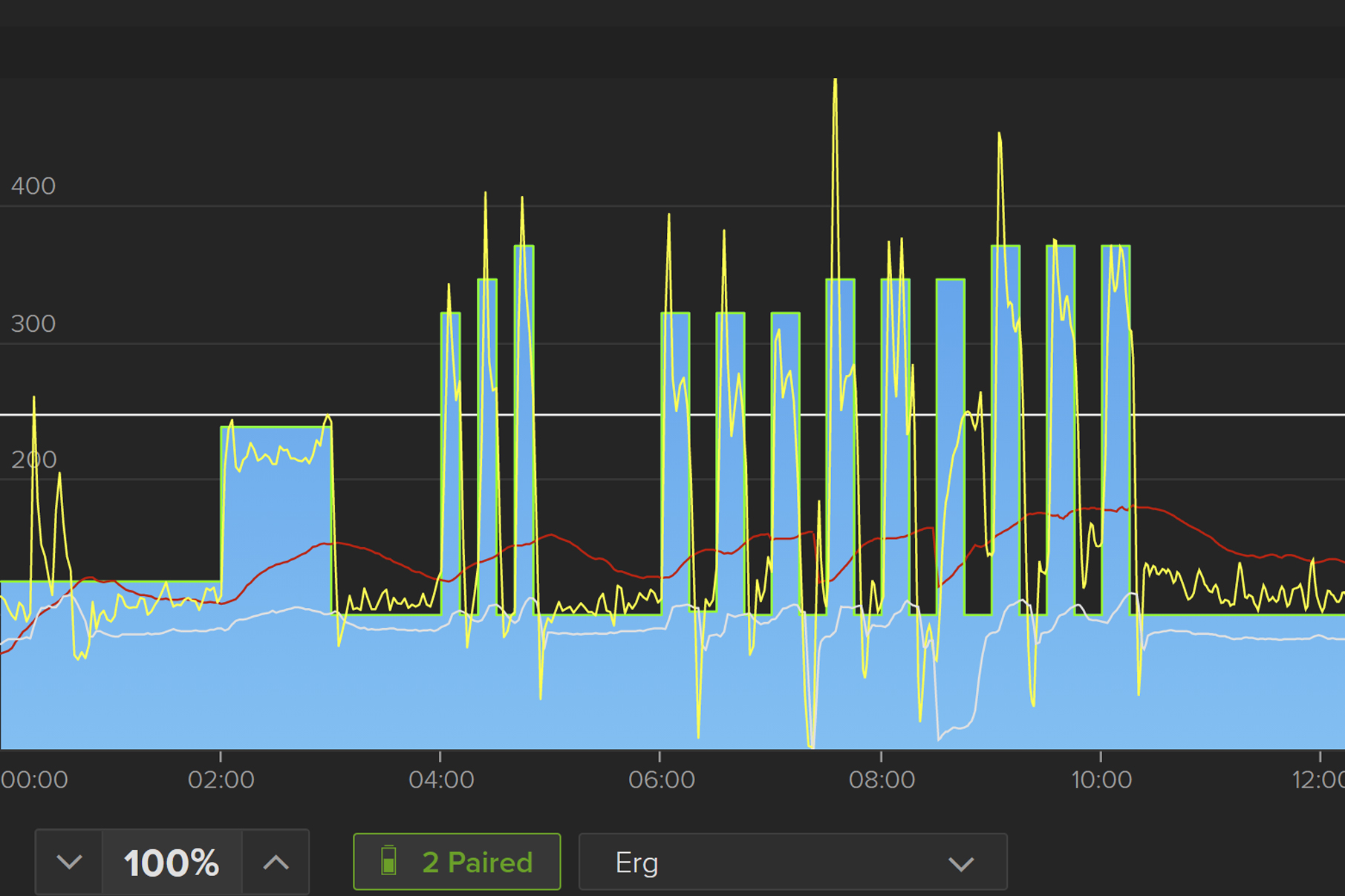
This trainer tended to add resistance very quickly then back off quickly. Short intervals would mean a sharp spike that well overshot the target, then a quick adjustment down, overshooting the target power again. From there power would come back up in a more controlled fashion. If your interval is only 10-15 seconds a good portion of it gets taken up in that second overshoot below your target power.
It's important to understand where things excel and in this case, that means riding and racing as if you are doing it outside. Racing in Zwift using the Direto XR is a joy. It's smooth and it feels realistic. The ultra-quick movements that can be a little challenging for short intervals in ERG mode make simulation riding feel more realistic. Each push of the pedal causes the on-screen avatar to respond exactly the way you expect it to. Intervals in Zwift tended to work with the Elite philosophy a bit better also. Zwift always leans towards a looser imposition of ERG mode and it enhances the natural feeling of the Direto XR.
Verdict
There's a real art to finding the right balance between ride feel and holding strictly to a number in ERG mode. The trainers with the absolute best ride feel tend to take a light touch in ERG mode and that's the situation with the Elite Direto XR. If your focus is on riding your bike then Elite has one of the best options on the market. Ride through the virtual world of your choice and it feels like you expect it to.
The specifications to back that experience up are impressive. Huge max power and max grades alongside industry-leading power accuracy all contribute to the excellent ride feel. The only reason you might consider another option is if you tend to focus heavily on ERG mode and intervals. The ultrafast power changes that help support the excellent ride feel don't work as well for short intervals. A lot of people are happy to choose ride feel over tight adherence to ERG but it's a choice to consider.
Tech specs: Elite Direto XR
- Electrical Requirement: Input 100-240 volts 50-60 hz 6A - Output 12 volts 1,5A
- Dimensions Open: (L X W X H) 650 x 840 x 550 mm / 25.6’’ x 34’’ x 21.6’’
- Dimensions Closed: (L X W X H) 650 x 300 x 550 mm / 25.6’’ x 11.8’’ x 21.6’’
- Weight: 16 kg / 35.30 lb
- Power Meter Accuracy: ± 1,5%
- Wireless Communication: ANT+™ (FE-C, Power, Speed & Cadence) and Bluetooth (FTMS, Power and Speed Cadence)
- Max Simulated Slop: 24%
- Max Power: 1100 Watt (20km/h) - 2300 Watt (40km/h)
- Flywheel Weight: 5.1kg
- Bike Compatibility: Road bikes, Mountain bikes, City bikes - including carbon ones, with 130-135 x 5mm hubs and with quick clamping system and 142x12mm with thru-axle (an adapter for 135x10-12mm and rear 148x12mm Boost hubs is available)
- Cassette Compatibility: 9/10/11 speed Shimano/SRAM, 9/10/11/12 speed Campagnolo, 12 speed SRAM NX, 12 speed micro Spline Shimano. Separate freehub required for Campagnolo, SRAM 12, Shimano Microspline
- Software Included: 12-month free subscription to My E-Training software & app 1-month free subscription to Zwift app
Josh hails from the Pacific Northwest of the United States but would prefer riding through the desert than the rain. He will happily talk for hours about the minutiae of cycling tech but also has an understanding that most people just want things to work. He is a road cyclist at heart and doesn't care much if those roads are paved, dirt, or digital. Although he rarely races, if you ask him to ride from sunrise to sunset the answer will be yes. Height: 5'9" Weight: 140 lb. Rides: Salsa Warbird, Cannondale CAAD9, Enve Melee, Look 795 Blade RS, Priority Continuum Onyx
